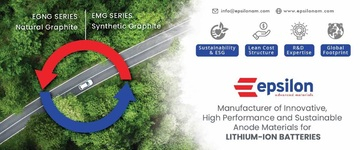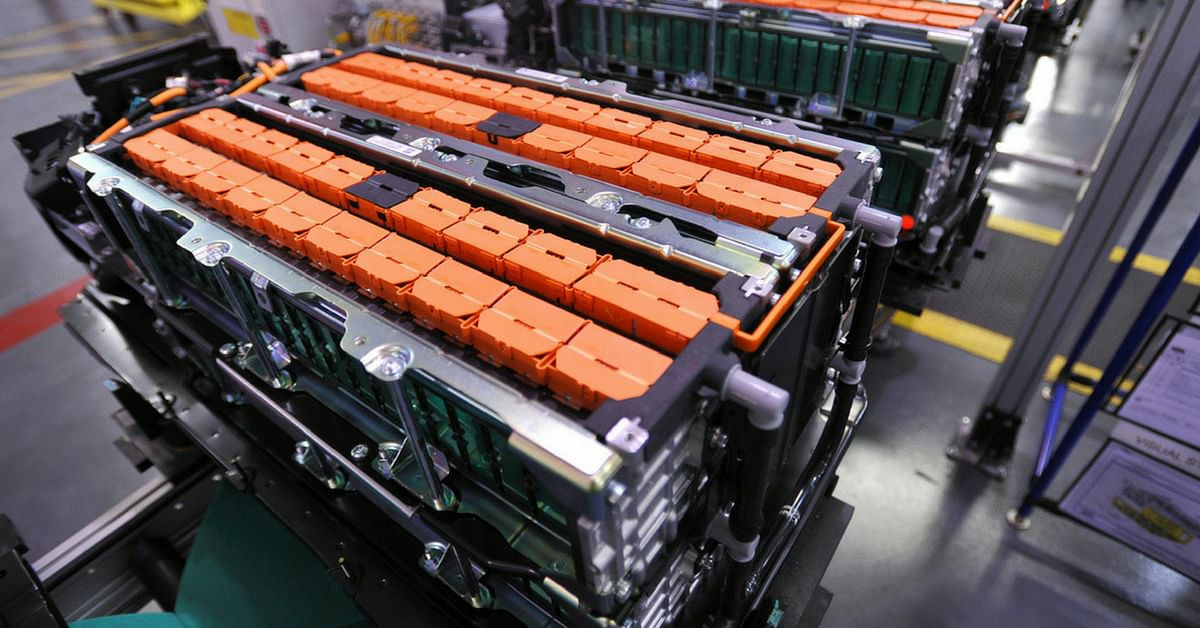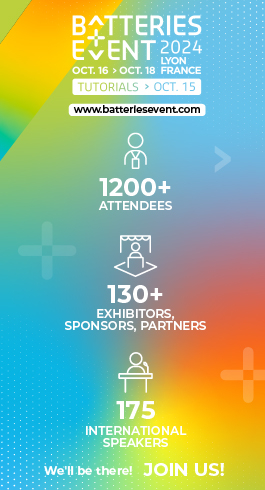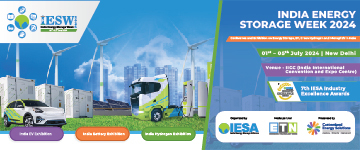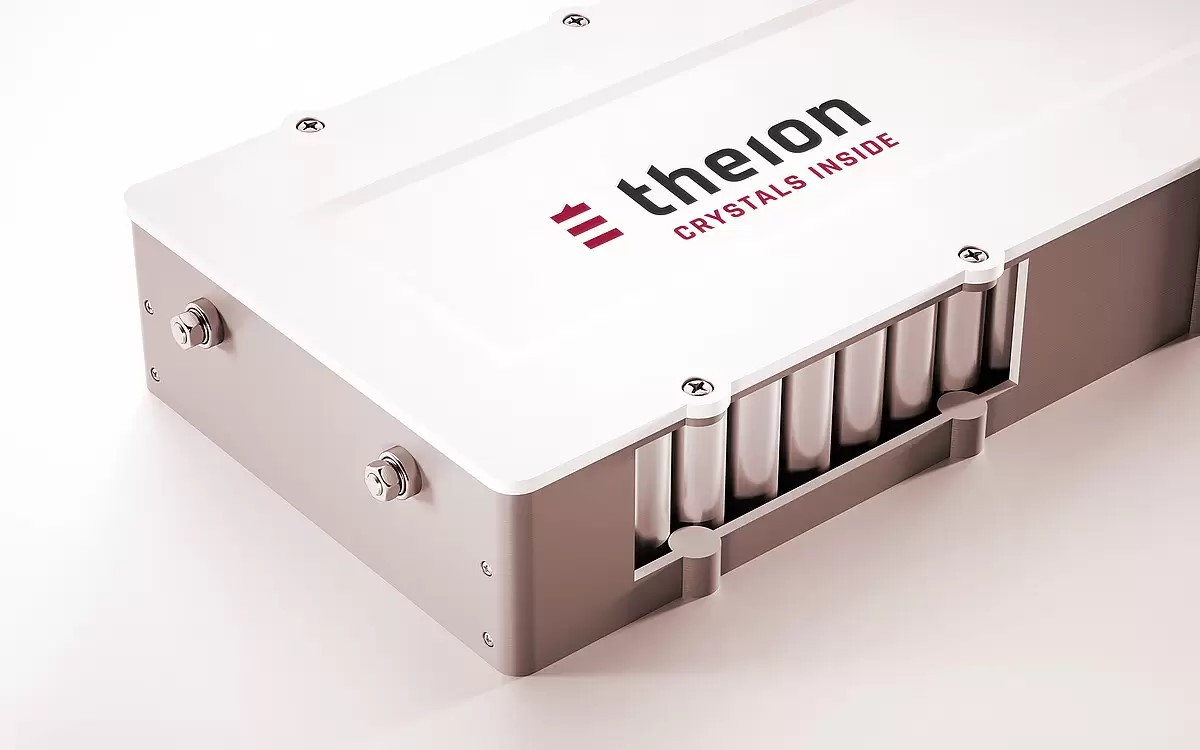Dual carbon batteries for high-voltage applications
Dual carbon batteries (DCBs) are sustainable and low-cost compared to Li-ion batteries (LIBs) and may find potential uses in various applications. In this article, Dr. Surendra Kumar Martha, Associate Professor (Department of Chemistry) – IIT Hyderabad, writes about the novel 5V DCB consisting of zero transition metal, developed by his team.
Energy economy based on renewable sources has been put forward as a way out to shrug off the dependence on fossil fuel. Rechargeable lithium-ion batteries (LIBs) are projected to meet future e-mobility, electric aviation, and stationary grid energy storage targets within 2030. However, LIBs need toxic and costly metals like cobalt, nickel, manganese, etc., for functioning.
Geologically unsymmetrical distribution of lithium and cobalt, along with geopolitics and unethical child labor centered on mining, causes havoc fluctuations in raw material cost. It affects the market price stability of large LIB packs used in EVs. In the dual-carbon battery, both the electrodes consist of graphitic carbonaceous materials, and the ions from the electrolyte intercalate and de-intercalate into the electrode matrix.
The team at the Electrochemical Energy Storage (EES) Lab at IIT Hyderabad, has developed a 5V Dual Carbon Battery utilizing self-standing carbon fiber mats as both electrodes (cathode and anode) using the same non-aqueous LIB electrolyte. DCBs set aside the requirement of toxic, costly, and heavy transitional metals mentioned above and are completely recyclable.
The novel dual carbon battery consisting of zero transition metal is environmentally benign. It may cut down the overall battery cost by 15-20 percent and is expected to curb the unpredictability in market price. Ubiquitous carbon as active electrode material and current collector replacing heavy metals brings lightness and flexibility. The fabricated 5.0 voltage (nominal voltage 4.65 V) cell provides an energy density of 100-watt hours per kilogram approximately and can be extended up to 150-watt hours per kilogram with further modifications. The current research is demonstrated in a coin-type or single electrode (2.5 cm x 2.5 cm) pouch-type cell level.
Before generalizing the concept of DCB and extrapolating it to other rechargeable battery analogs, it is essential to compare both configurations in terms of voltage, power density, energy density, cost, safety, life span, temperature range of operation, and recyclability. First, a larger interfacial area of the carbon electrode enables high areal energy and power densities fabrication in this study. However, the volumetric energy and power densities are not up to the mark due to large porosity and lower active material to carbon ratio.
Second, the carbon electrodes (e.g., graphitic carbon fibers) used here are 2–3 times more expensive than Al foils. Also, the homogeneous distribution of active material throughout the current carbon fiber-based electrode fabricating pouch/cylindrical cells to secure a proper tabbing may be technically challenging at the pilot scale.
Third, Al- and Cu-based current collectors in LIBs interfere with the metal extraction process by changing the pH of the solution, affecting the purity of recycled metals. But, the current collector used in DCB fabrication in the form of carbon can be easily recycled. It is expected that the safety and performance of DCB could be much higher since carbon electrodes using the petroleum-pitch binder are used instead of the fluorinated polymer binders used in conventional LIBs.
The current development is small, and raw materials are not abundant in the Indian market. The team at IIT Hyderabad is working to improve the cycle stability and energy density limits further by using high concentrated electrolytes and different anions, with available raw materials. Extensive research is required to make commercial prototypes. The team's broad vision includes introducing the dual carbon system as a cheaper LIB alternative to the Indian Market.
The IIT-H research team believes that developed cells may find potential uses in high voltage applications, sophisticated battery-run medical devices, regenerative braking systems in electric vehicles, and stationary grids.

